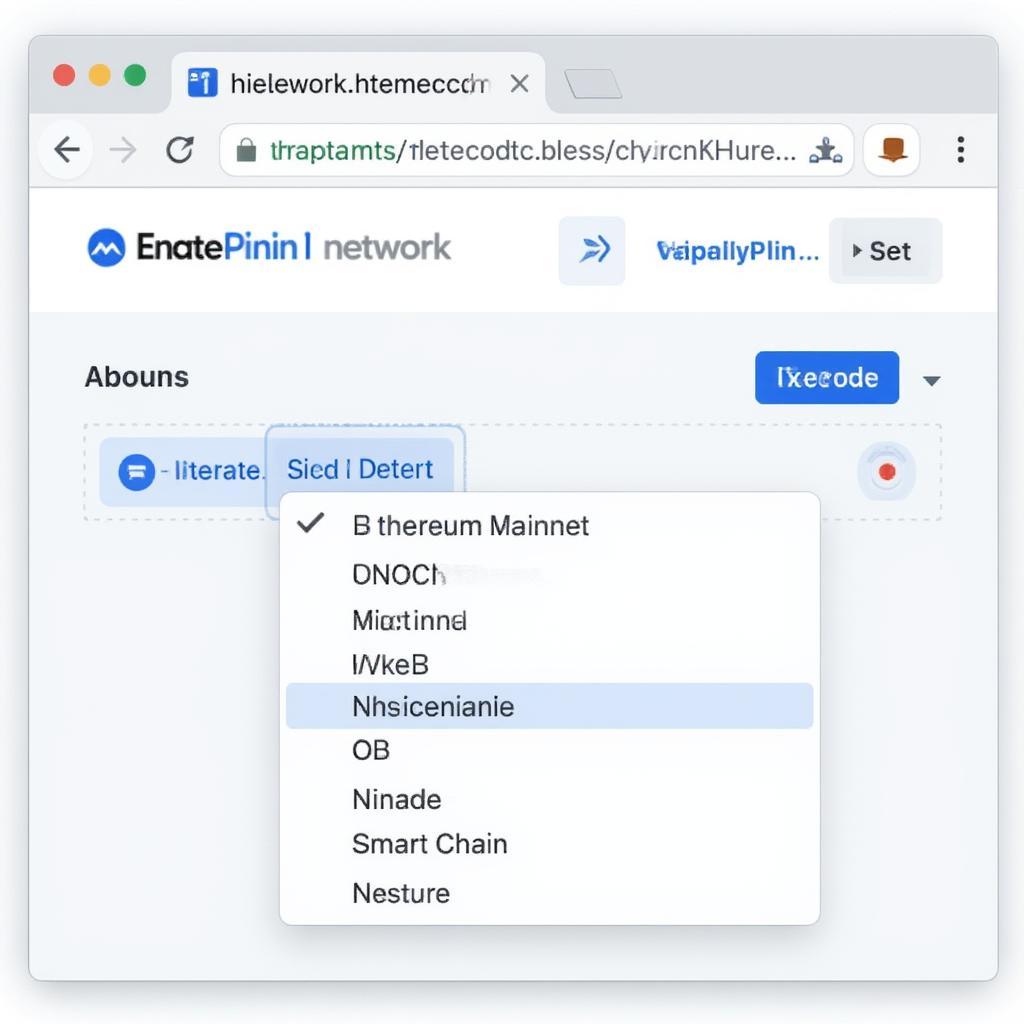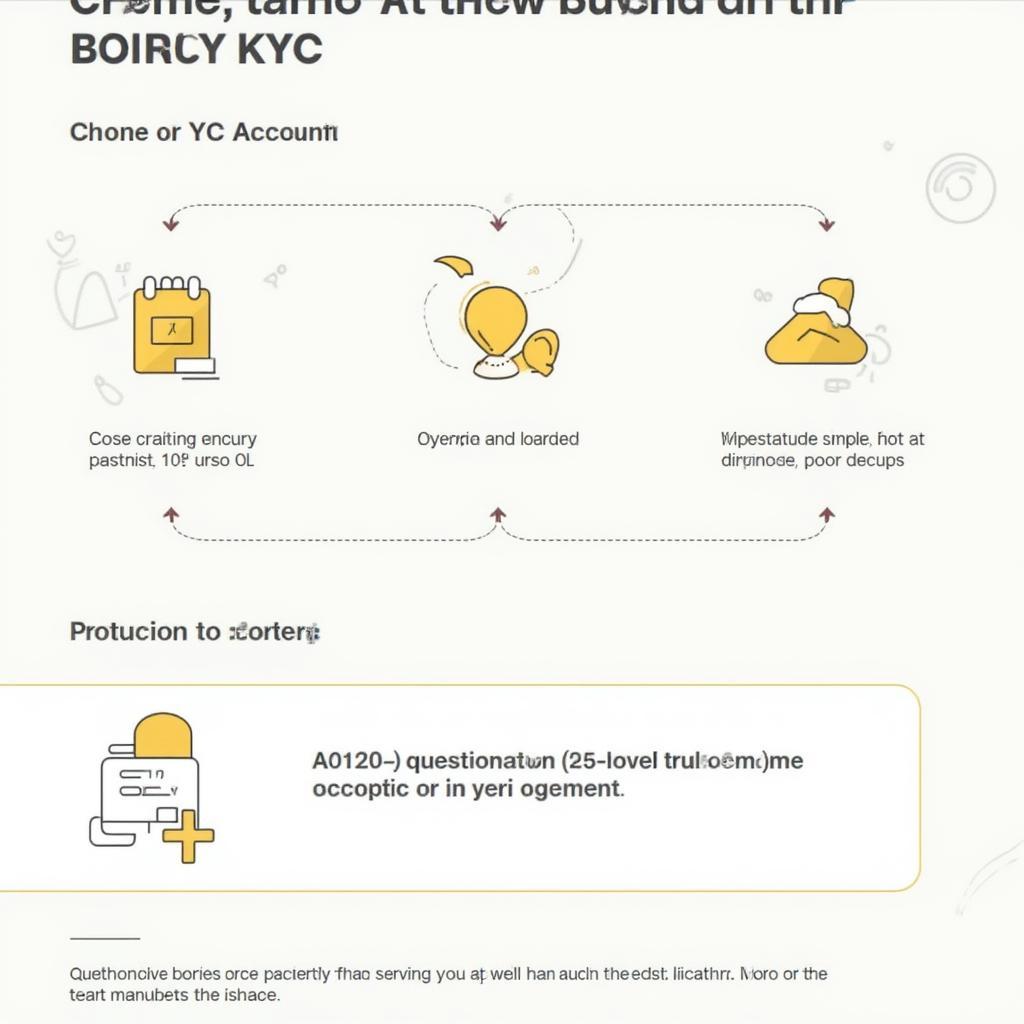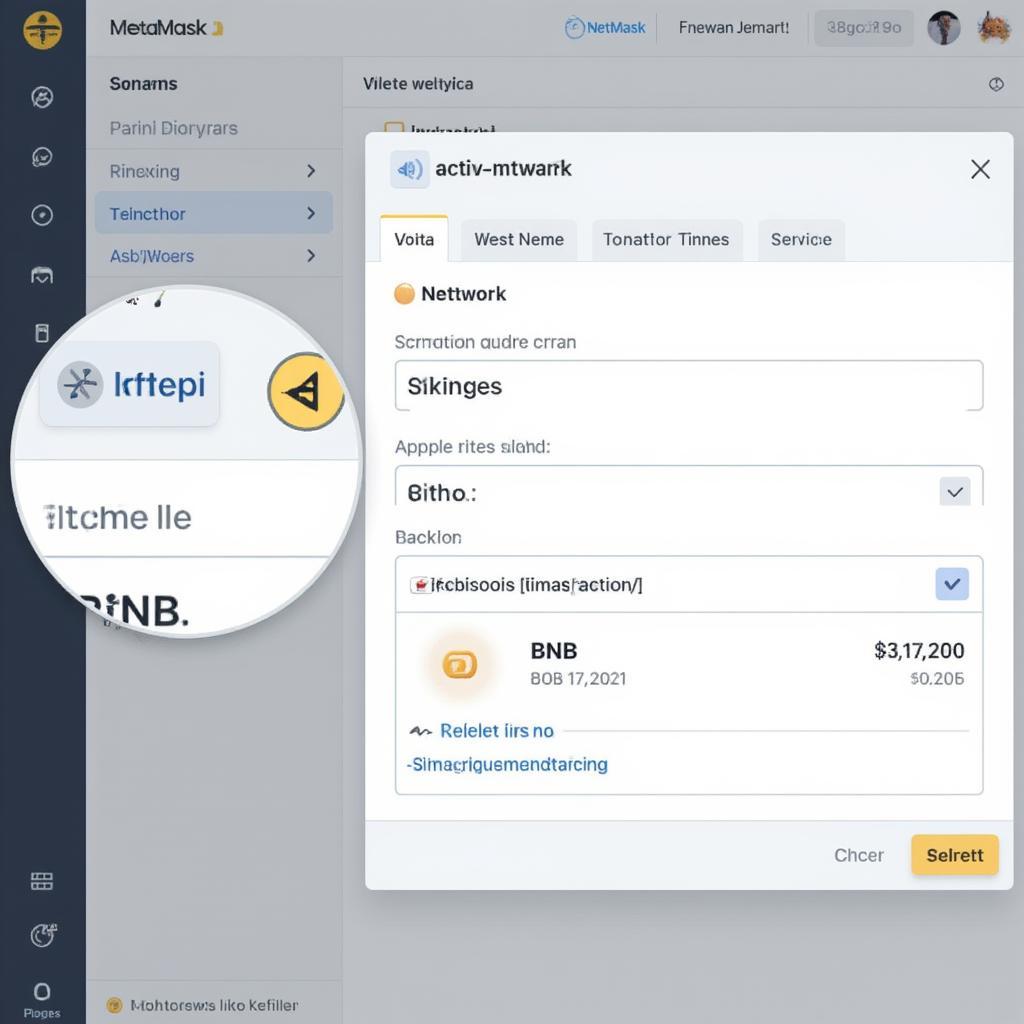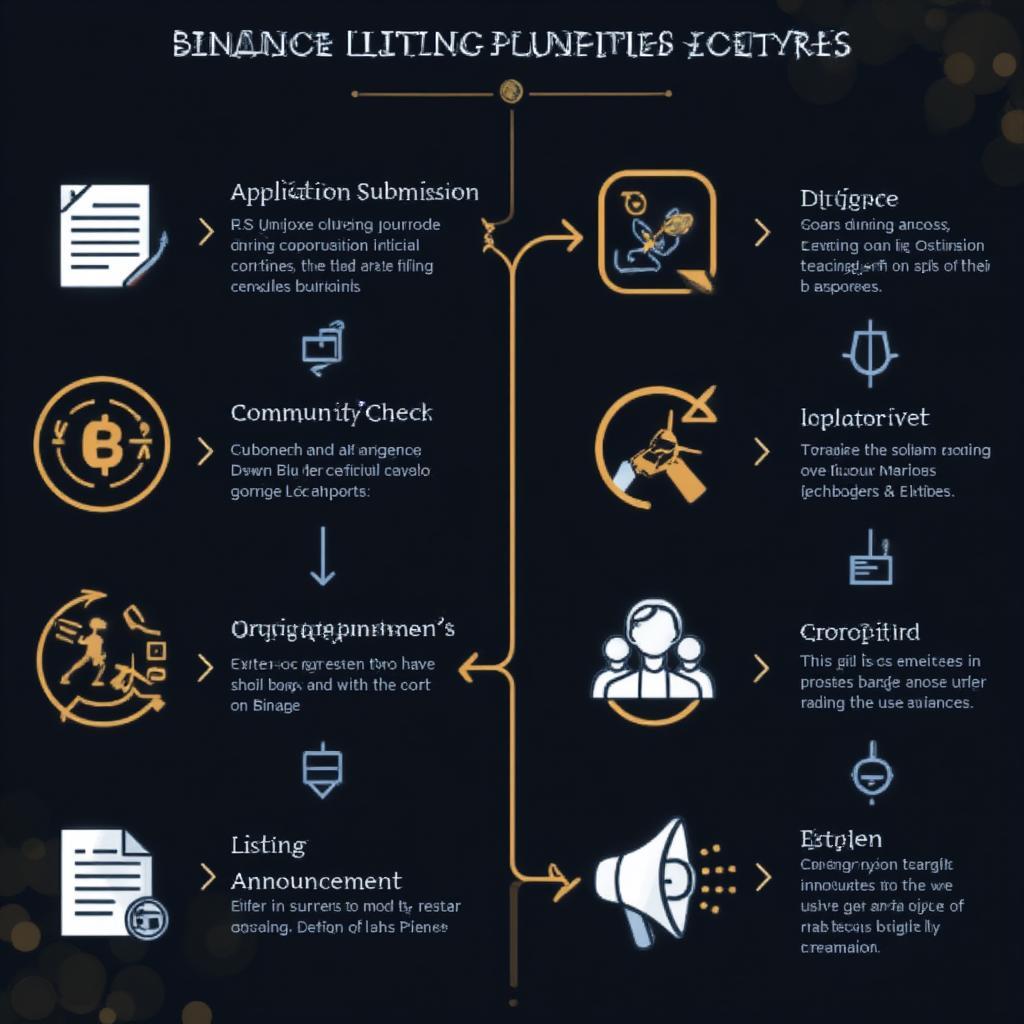Staking Crypto Explained: A Comprehensive Guide to Earning Rewards

Staking crypto has emerged as a popular method for earning passive income within the cryptocurrency world. It involves holding and locking up your digital assets to support the operations of a blockchain network. In return, you earn rewards, typically in the form of additional units of the staked cryptocurrency. Understanding “Staking Crypto Adalah,” which translates to “what is staking crypto” in Indonesian, is crucial for anyone looking to explore the opportunities within the crypto space. Let’s dive into the details of this fascinating process.
What is Staking in Crypto?
At its core, staking is similar to depositing money in a bank account to earn interest. In traditional finance, banks use deposited funds to lend to others, while paying depositors a small interest in return. With crypto staking, your digital assets help validate transactions on a proof-of-stake (PoS) blockchain network. PoS is an alternative to proof-of-work (PoW), the mechanism used by Bitcoin, which requires extensive computing power. The PoS system allows network participants, called validators, to propose and validate new blocks of transactions based on their staked coins. The more you stake, the higher your chances of being selected as a validator and earning rewards. This process is essential for network security and efficiency and can provide you a great way to gain more of the asset you choose.
How Does Crypto Staking Work?
The mechanics of staking are relatively straightforward. You start by acquiring a cryptocurrency that uses a PoS consensus mechanism. Next, you can stake those assets through a staking pool, a centralized exchange, or a self-hosted wallet. Let’s break down the steps:
- Choose a Proof-of-Stake Coin: Not all cryptocurrencies support staking. Research and select one that uses PoS.
- Decide Where to Stake: You can either stake directly from your wallet, join a staking pool, or use a crypto exchange.
- Lock Up Your Coins: Depending on the platform and the coin, you’ll need to lock up your assets for a specific period, often referred to as a bonding or unbonding period.
- Start Earning Rewards: After locking up your coins, you’ll begin to earn rewards in the form of new crypto coins. The amount you earn depends on the staked amount, network activity, and other factors.
Types of Crypto Staking
Different ways to stake crypto exist, catering to various levels of technical proficiency and risk tolerance. Here are the main staking options:
- Direct Staking: This method involves running a full node and staking directly through your wallet. It requires technical knowledge but offers the most control over your assets.
- Staking Pools: Joining a staking pool allows you to stake your assets with others, combining resources to increase the chance of being selected as a validator and earning rewards. Pools often require less technical skill than direct staking.
- Exchange Staking: Many centralized exchanges offer staking services, handling the process on behalf of their users. This method is typically the easiest and most convenient for beginners.
Benefits of Staking Crypto
Staking offers numerous benefits, making it an attractive option for crypto enthusiasts. These include:
- Passive Income: Earning rewards just by holding your assets is a significant advantage for long-term investors.
- Network Security: Staking helps secure the blockchain network by validating transactions.
- Low Barrier to Entry: Compared to mining, staking requires less computational power and investment.
- Potential for High Returns: Depending on the coin and market conditions, staking can yield significant returns.
“Staking is a great way to get involved with the ecosystem, but it’s crucial to do your research and understand the nuances. As an investor, you have the responsibility to protect your funds by understanding how they are used and the risks that may be present.” – Dr. Alana Sharma, Cryptocurrency Strategist.
Risks Associated with Staking
Staking is not without its risks. It’s important to understand potential downsides before engaging in the process. These include:
- Price Volatility: The value of the staked coin can fluctuate significantly, impacting the overall profitability.
- Lock-up Periods: Staked assets are often locked for a period, and during that time, you can’t access them.
- Slashing: If a validator acts maliciously or goes offline, their staked coins can be slashed as punishment.
- Pool Risks: Staking through a pool comes with the risk of the pool being hacked or mismanaged.
- Smart Contract Bugs: Bugs in staking protocols or smart contracts can potentially lead to loss of funds.
Choosing a Crypto for Staking
Selecting the right cryptocurrency to stake is a crucial step. Consider the following factors:
- Annual Percentage Yield (APY): Compare the potential return from different coins.
- Network Security and Stability: Ensure the blockchain is reputable and secure.
- Lock-up Periods: Determine if the lock-up period is suitable for your needs.
- Staking Options: Decide if you prefer direct staking, staking pools, or exchange staking.
- Project Fundamentals: Research the long-term potential and utility of the cryptocurrency.
Staking vs. Mining
Staking and mining are both methods for validating transactions on a blockchain, but they differ in approach. Mining involves using high-powered computers to solve complex mathematical equations, while staking requires holding a certain amount of the cryptocurrency to participate in the validation process.
- Energy Consumption: Mining uses significantly more energy than staking.
- Hardware Requirement: Mining requires specialized hardware, while staking requires no particular hardware.
- Cost of Entry: Mining can be expensive, while staking has lower entry barriers.
- Accessibility: Staking is generally easier and more accessible than mining.
“The transition to Proof-of-Stake has been a game-changer in terms of energy efficiency and accessibility. Staking is a way for individuals to actively participate in a network without the extensive investment required for mining hardware. However, not all cryptocurrencies are the same, and their staking programs vary widely.” – Benjamin Chen, Blockchain Analyst.
What are Proof-of-Stake (PoS) and Delegated Proof-of-Stake (DPoS)?
Understanding the different consensus algorithms is crucial for understanding staking. PoS is the main concept for staking where validators propose and validate new blocks based on their staked amount. Delegated Proof-of-Stake (DPoS) is a variation where token holders vote for delegates to validate transactions. DPoS offers higher transaction speeds but can sometimes be more centralized.
How to Calculate Staking Rewards
Calculating your potential staking rewards depends on several factors. Here is a formula to consider:
Annual Rewards = (Staked Amount APY) / 365 Days Staked
Where:
- Staked Amount is the amount of crypto you have staked
- APY is the annual percentage yield offered
- Days Staked is the number of days your assets have been staked
Remember that APY values can fluctuate based on network conditions, but this gives you a general idea.
Staking Crypto: A Long-Term Strategy?
Staking can be a beneficial component of a long-term investment plan. While it can provide a steady stream of income, its success is tied to the long-term viability of the cryptocurrency. Always analyze the market, manage your risk, and not stake more than you can afford to lose. It is not a get-rich-quick strategy but a long-term income generation and network participation methodology.
Future of Crypto Staking
The future of staking is bright, as more blockchains transition to PoS or DPoS consensus mechanisms. As the cryptocurrency industry grows, staking is likely to become more accessible, with more staking platforms, educational resources, and improved user experiences. New innovations are also emerging, such as liquid staking, where staked tokens can be traded while still earning rewards.

Conclusion
“Staking crypto adalah,” or crypto staking, presents an intriguing avenue for earning passive income and contributing to blockchain security. Understanding how staking works, the benefits, the risks, and the various types of staking methods is critical. By carefully researching and choosing your cryptocurrencies, platforms, and staking method wisely, you can take advantage of staking’s potential rewards. Remember to manage your risks and always make informed decisions.
Frequently Asked Questions (FAQ)
1. What does ‘staking crypto adalah’ mean?
The Indonesian phrase “staking crypto adalah” translates to “what is crypto staking” in English. It is a question that seeks to understand the fundamentals of staking in the cryptocurrency world.
2. What are the main benefits of staking crypto?
The main benefits include earning passive income through rewards, contributing to network security, having low barrier to entry compared to mining, and the potential for high returns based on the coin and market conditions.
3. What are the potential risks of staking?
Risks include price volatility, lock-up periods where you can’t access your funds, potential slashing of your stake if you are a validator, pool hacking risks, and possible bugs in smart contracts that could lead to loss of funds.
4. How do you choose a crypto for staking?
Consider the annual percentage yield (APY), network security, lock-up periods, staking options, and the project’s fundamentals and long-term value before deciding on which cryptocurrency to stake.
5. What is the difference between staking and mining?
Staking involves holding and locking up coins to validate transactions on a proof-of-stake network, whereas mining involves using computer power to solve complex equations on a proof-of-work network.
6. Can I lose money staking crypto?
Yes, you can lose money staking crypto. The price of the staked crypto can fluctuate, and there’s also the risk of slashing or loss due to smart contract vulnerabilities or pool risks, especially when staking through third-parties.
7. What are staking pools?
Staking pools allow you to pool your assets with other people, increasing the chances of being selected as a validator and earning rewards. This method can be more accessible to less technical users.
8. Is staking suitable for beginners?
Staking through centralized exchanges is usually easy for beginners. However, you need to understand potential risks. Consider staking a small amount at first to get familiar with the process.
9. How can I calculate potential staking rewards?
Staking rewards can be roughly calculated using the formula: Annual Rewards = (Staked Amount APY) / 365 Days Staked, keeping in mind that APY values can change over time.




